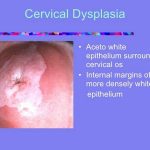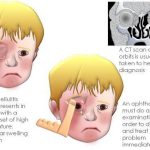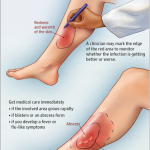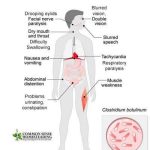
Incidence/Prevalence in USA: Difficult to assess due to wide variability in false negative Papsmear reporting and uneven distribution of qualified colposcopy practitioners. Prevalence 3,600/100,000 at age 27-28. Predominant age: The median age for carcinoma in situ is 28 years. Earlier lesions can be expected at younger ages









